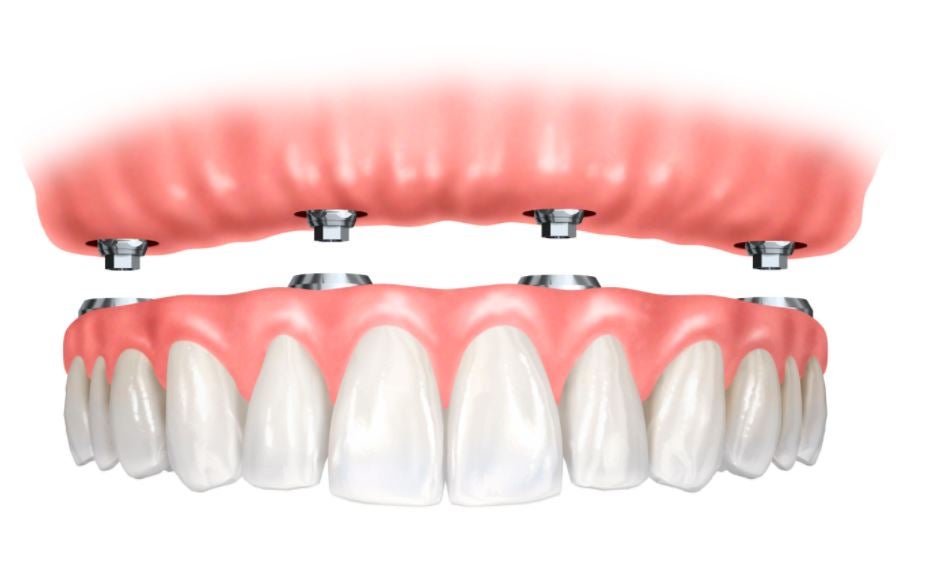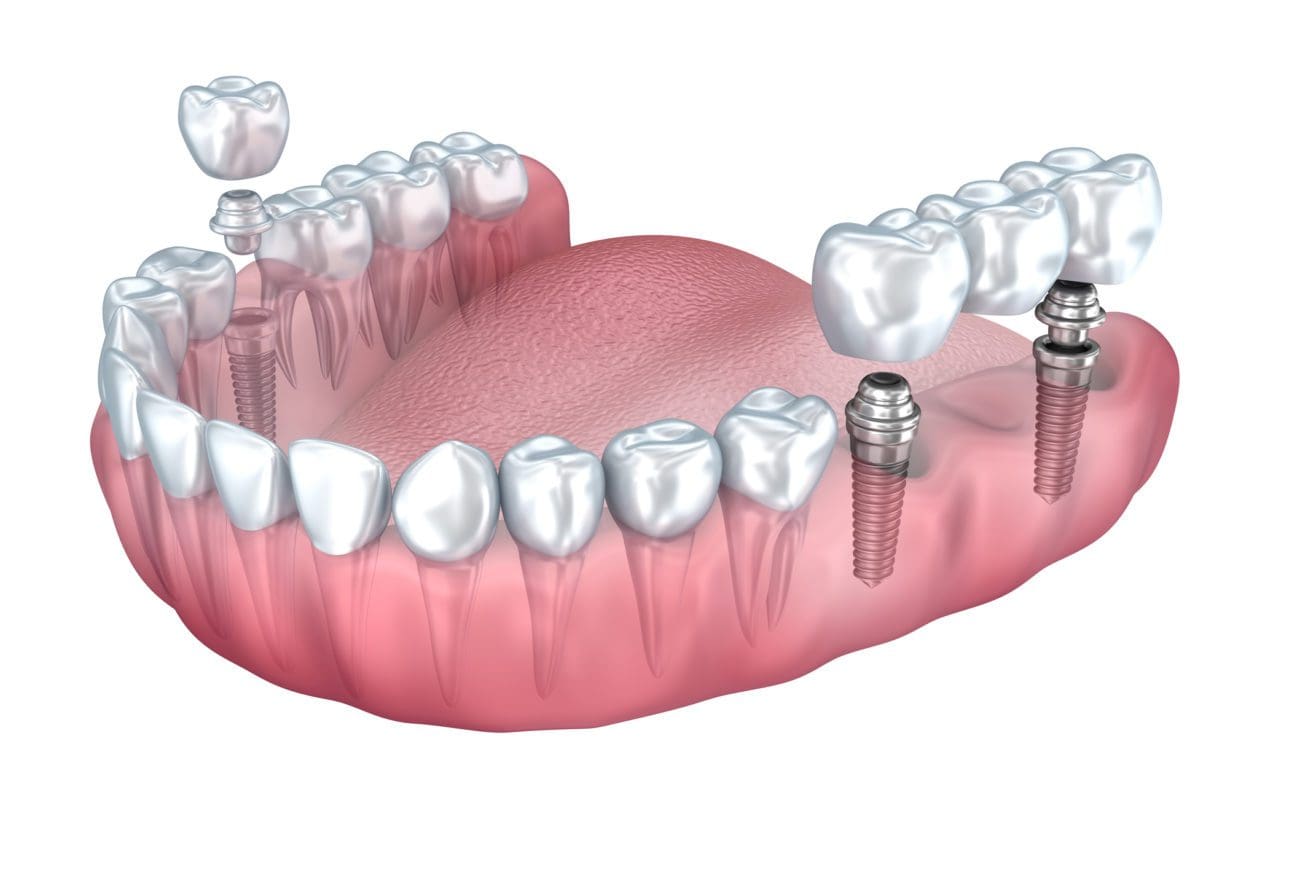Some Known Questions About Dental Sense.
Some Known Questions About Dental Sense.
Blog Article
Dental Sense for Beginners
Table of ContentsThe 7-Minute Rule for Dental SenseExamine This Report on Dental SenseTop Guidelines Of Dental SenseDental Sense Can Be Fun For Anyone
are clinical tools operatively dental implanted into the jaw to bring back an individual's capacity to eat or their appearance. They supply assistance for man-made (phony) teeth, such as crowns, bridges, or dentures. When a tooth is shed due to injury or condition, an individual can experience issues such as fast bone loss, faulty speech, or changes to eating patterns that result in discomfort.Oral dental implant systems include an oral implant body and oral implant joint and may likewise include an abutment fixation screw. Wisdom tooth cavity. The oral implant body is operatively put in the jawbone instead of the tooth's root. The oral implant abutment is usually attached to the dental implant body by the joint fixation screw and expands through gums into the mouth to support the attached fabricated teeth
(http://www.place123.net/place/dental-sense-miami-united-states)Framework of The Oral Implant System selecting dental implants, speak with your dental copyright about the potential benefits and dangers, and whether you are a prospect for the procedure. Things to take into consideration: Your general wellness is a vital element in establishing whether you are a great prospect for dental implants, how much time it will require to heal, and how much time the implant may stay in area.
Smoking may influence the healing procedure and lower the long-term success of the implant. The recovery process for the dental implant body might take several months or longer, during which time you commonly have a short-term joint instead of the tooth. the oral implant treatment: Carefully comply with the oral health guidelines given to you by your oral copyright.
Fascination About Dental Sense
Implant failing can lead to the need for one more procedure to repair or replace the implant system. Restores the capability to chew Recovers aesthetic look Aids keep the jawbone from reducing because of bone loss Preserves the health of the surrounding bone and gums Aids maintain surrounding (close-by) teeth secure Improves top quality of life Damages to surrounding all-natural teeth during dental implant positioning Injury to the surrounding cells throughout surgical treatment, such as sinus opening Injury during surgical treatment (as an example, crack of bordering jawbone) Inadequate function, such as feeling like the teeth do not attack together normally An experience that the tooth hangs or turning in position resulting from a joint screw loosening Implant body failure (looseness of the implant body) because of systemic infection, which might be much more likely in people with uncontrolled diabetes because of regional infection in bone and gums supporting the implant body as a result of delayed recovery, which might be more probable in clients that smoke Problem cleansing the gums around the dental implant, resulting in bad dental health Neglected gum illness Post-surgical tingling because of nerve impingement or damages Always notify healthcare suppliers and imaging technicians that you have oral implants prior to any magnetic resonance imaging (MRI) or x-ray procedures.
FDA is not familiar with any kind of negative events reported for MRI or x-ray procedures with dental implants. Oral implants systems are commonly constructed from products that adhere to worldwide agreement criteria of the International Organization for Standardization (ISO) or ASTM International. These requirements have information of what makes a secure material.

An oral implant is a structure that replaces a missing out on tooth. With screw-like tools, the cosmetic surgeon inserts a dental implant into the jawbone, and it works as an anchor for a synthetic tooth, called a crown. A tool called an abutment attaches the man-made tooth to the dental implant. The crown is customized to fit the person's mouth and match the color of their teeth.
Indicators on Dental Sense You Need To Know
Some people are not eligible for dental implant surgical treatment. It is for dental specialists to operate on individuals with: severe illnessuncontrollable metabolic diseasebone or soft tissue condition or infectionIf these issues are solved, an individual can have the surgery. In, oral doctors refrain from running on individuals with: If people with any of the above go through oral implant surgery, there is a greater threat of the implant stopping working.

Oral dental implant surgical treatment is a customized process. It's not the very same for everybody. The adhering to gives a general review of what you can expect your dentist, dental surgeon, periodontist or prosthodontist to do: Position the implant operatively. Give you time to recover. Connect the message and last crown, bridge or denture.
Next off, your doctor will thoroughly put the dental implant right into your jaw. If your implant is near the front of your mouth, your dental professional will make a momentary tooth for you to wear till you recover.
Fascination About Dental Sense
Throughout the recovery stage, your jawbone ought to fuse to the oral implant. This process can take anywhere from three to nine months.
Once your implant heals, your dental practitioner can affix the abutment (small connector article) and your final repair (crown, bridge or denture). This generally takes concerning one hour to finish and might need a second minor surgical procedure. You should not feel any pain during your oral implant treatment because your service provider will certainly make use of drug to numb your gum tissues.
Report this page